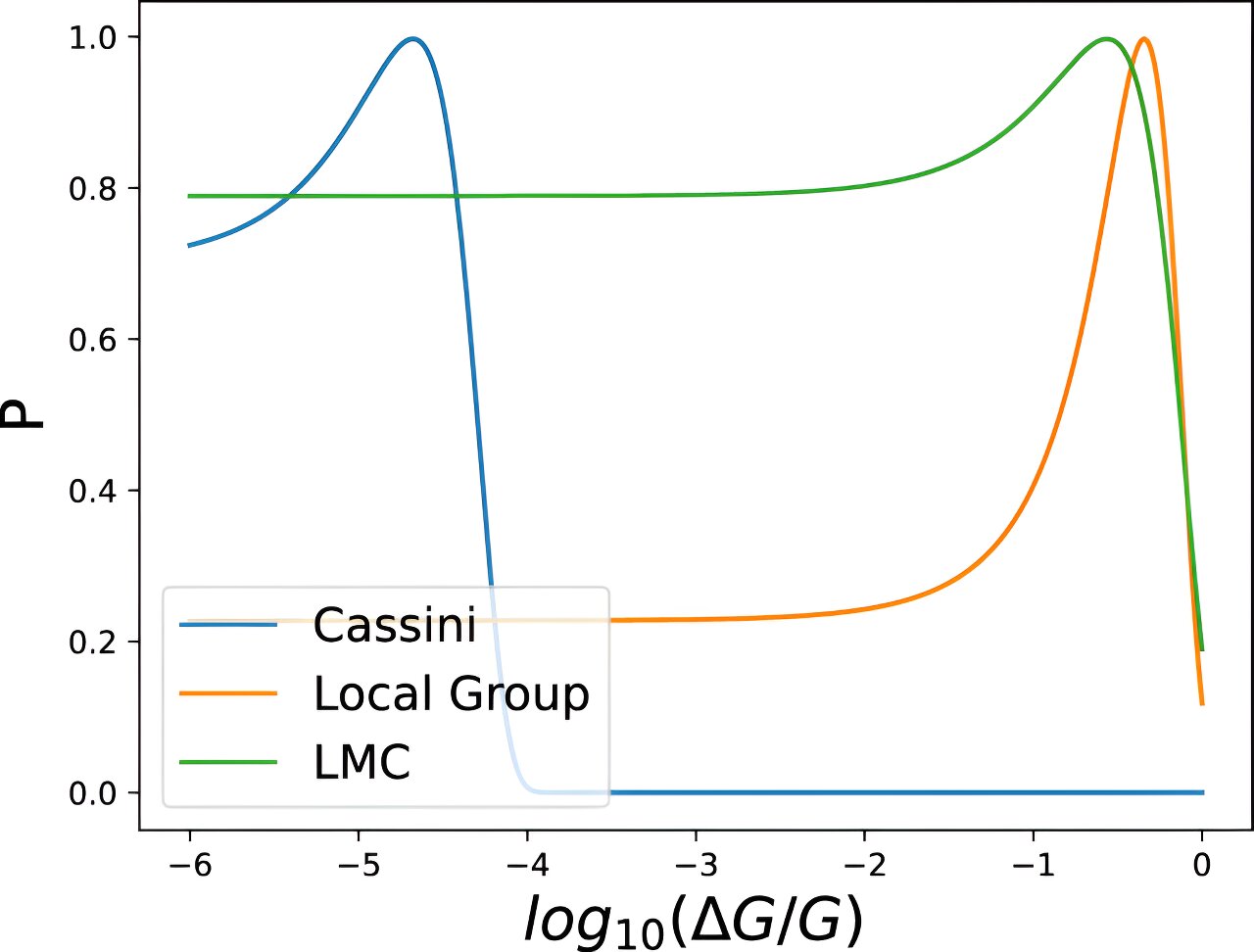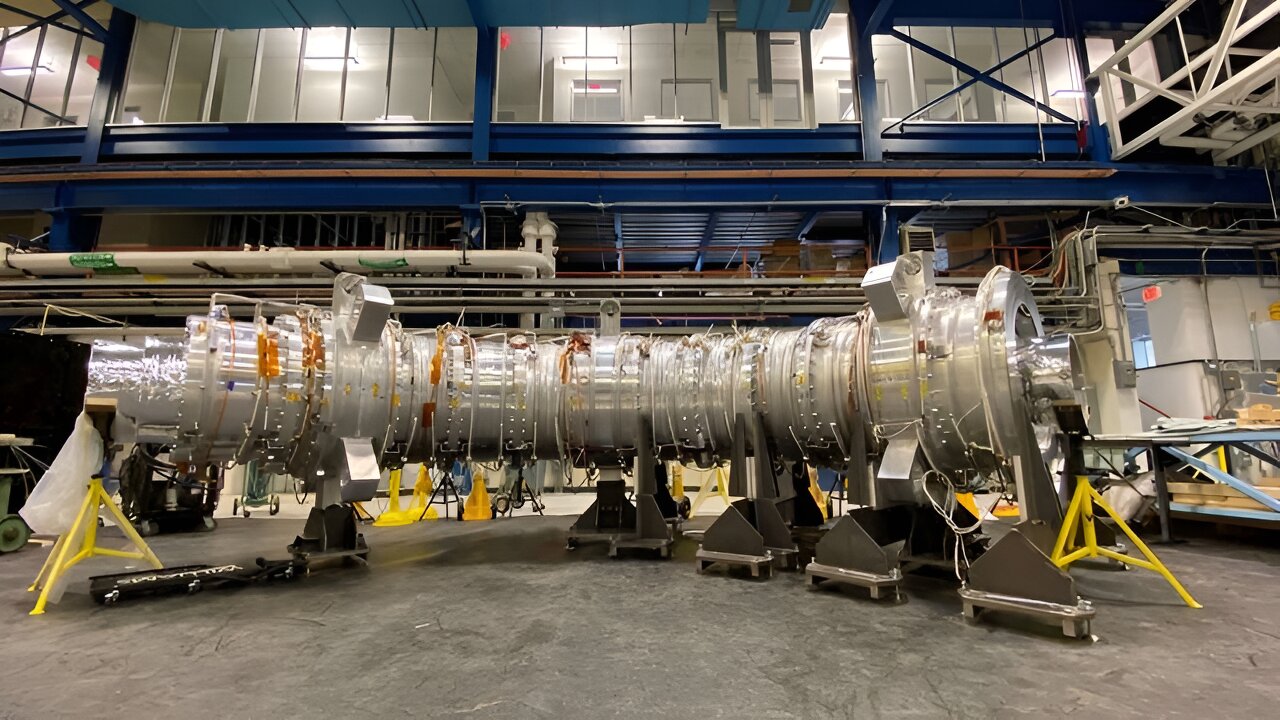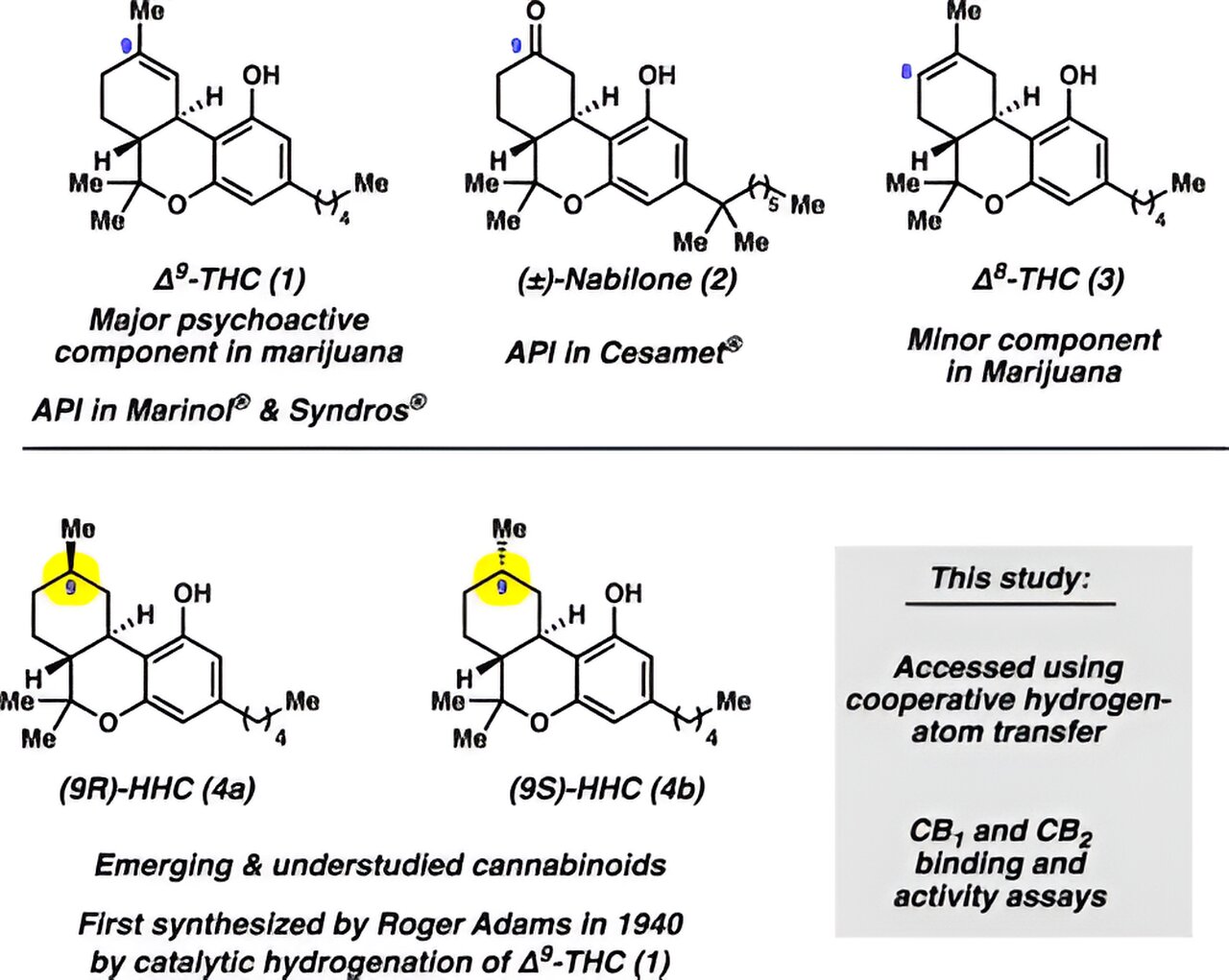Get ready for a groundbreaking discovery! Researchers have made an incredible breakthrough in measuring dark energy, the enigmatic force that makes up over two-thirds of the universe and drives its expansion. And guess what? They found it right in our cosmic backyard!
Yes, you heard it right. The University of Cambridge researchers have discovered a way to detect and measure dark energy by studying Andromeda, our neighboring galaxy that is slowly heading towards a collision with the Milky Way.
Until now, scientists have relied on distant galaxies to study dark energy, but direct detection has remained elusive. However, by observing the movement of Andromeda and the Milky Way as they approach each other, the researchers were able to establish an upper limit on the value of the cosmological constant, which is the simplest model of dark energy. Surprisingly, this upper limit is five times higher than what can be detected from the early universe.
Although this technique is still in its early stages, the researchers believe that studying our own cosmic neighborhood could hold the key to unlocking the secrets of dark energy. Their findings have been published in The Astrophysical Journal Letters.
Think about it: everything we can see, from tiny insects to massive galaxies, only accounts for a mere five percent of the observable universe. The remaining 95 percent is shrouded in darkness. Scientists estimate that about 27% of the universe is composed of dark matter, which holds objects together, while a whopping 68% is dark energy, the force responsible for pushing objects apart.
“Dark energy is a general term for various models that can be added to Einstein’s theory of gravity,” explains Dr. David Benisty, the first author of the study. “The simplest version is known as the cosmological constant, which represents a constant energy density that drives galaxies away from each other.”
Initially, Einstein himself introduced the cosmological constant to his theory of general relativity. For decades, it was set at zero until scientists discovered that an unknown force, later named dark energy, was causing the universe to expand at an accelerating rate. However, dark energy poses two major challenges: its exact nature remains unknown, and it has yet to be directly detected.
Astronomers have developed various methods to detect dark energy, most of which involve studying objects from the early universe and measuring their rate of movement away from us. However, deciphering the effects of dark energy from billions of years ago is no easy task. The weak force of dark energy is easily overshadowed by the stronger forces within galaxies.
But here’s where it gets interesting. There is one region of the universe that surprisingly exhibits high sensitivity to dark energy, and it’s right in our cosmic backyard. The Andromeda galaxy, our closest neighbor, is on a collision course with the Milky Way. As the two galaxies draw closer, they will begin to orbit each other, albeit at an incredibly slow pace. It will take a mind-boggling 20 billion years for a single orbit to complete. However, due to the immense gravitational forces at play, the galaxies will start merging and collapsing into each other long before a full orbit is completed, approximately five billion years from now.
“Andromeda is the only galaxy that isn’t moving away from us. By studying its mass and movement, we can gain valuable insights into the cosmological constant and dark energy,” says Benisty, who is also a Research Associate at Queens’ College.
Using advanced simulations based on the best estimates of the mass of both galaxies, Benisty and his co-authors, Professor Anne Davis from DAMTP and Professor Wyn Evans from the Institute of Astronomy, discovered that dark energy influences the orbital dynamics of Andromeda and the Milky Way.
“Dark energy affects every pair of galaxies: gravity pulls them together, while dark energy pushes them apart,” explains Benisty. “In our model, by altering the value of the cosmological constant, we can observe changes in the orbit of the two galaxies. Based on their mass, we can establish an upper limit on the cosmological constant, which is about five times higher than what we can measure from the rest of the universe.”
While this technique is not a direct detection of dark energy, the researchers believe it holds immense potential. More accurate measurements of Andromeda’s mass and motion, obtained from the upcoming James Webb Telescope (JWST) data, could help refine the upper bounds of the cosmological constant.
Furthermore, studying other pairs of galaxies could further enhance the technique and provide deeper insights into how dark energy shapes our universe. “Dark energy remains one of the biggest mysteries in cosmology,” says Benisty. “It’s possible that its effects vary over distance and time, but we hope this technique could help unravel the enigma.”








